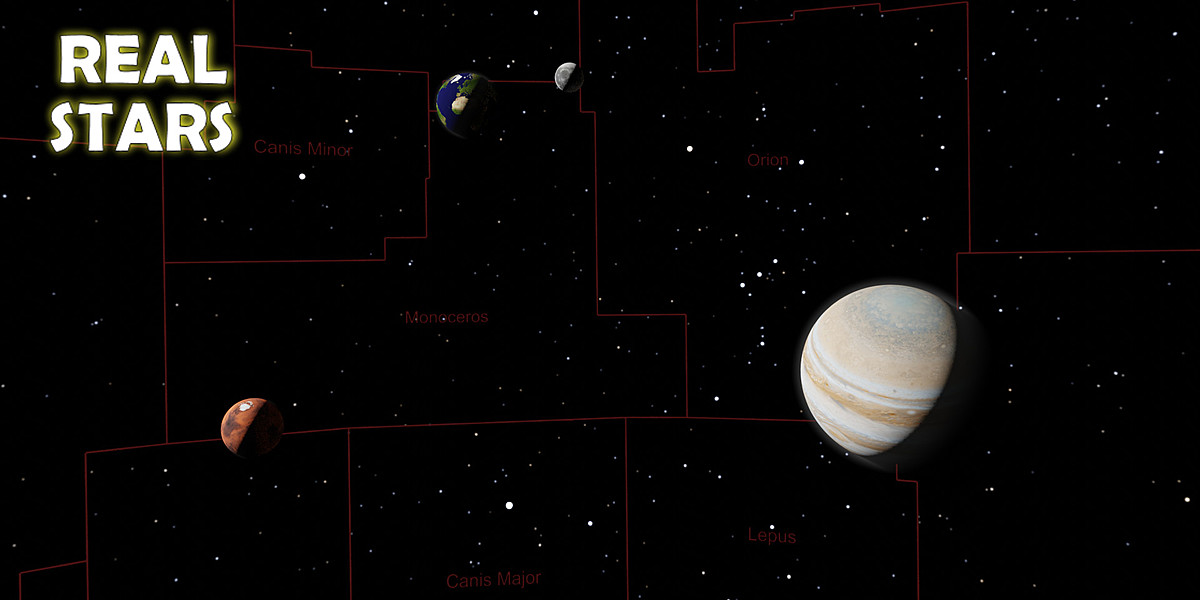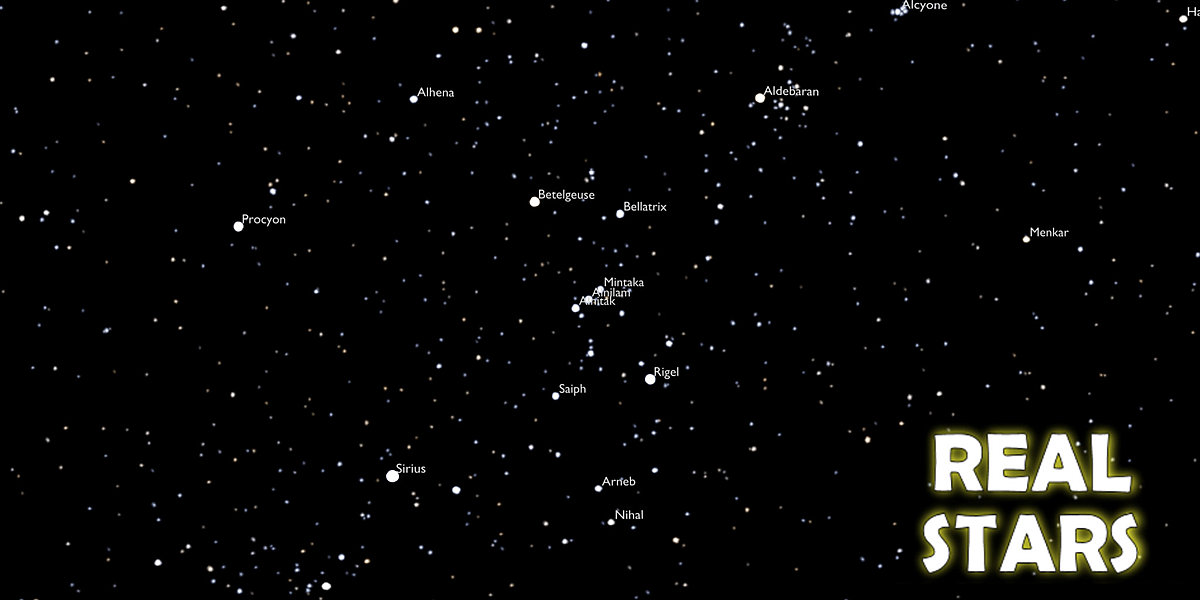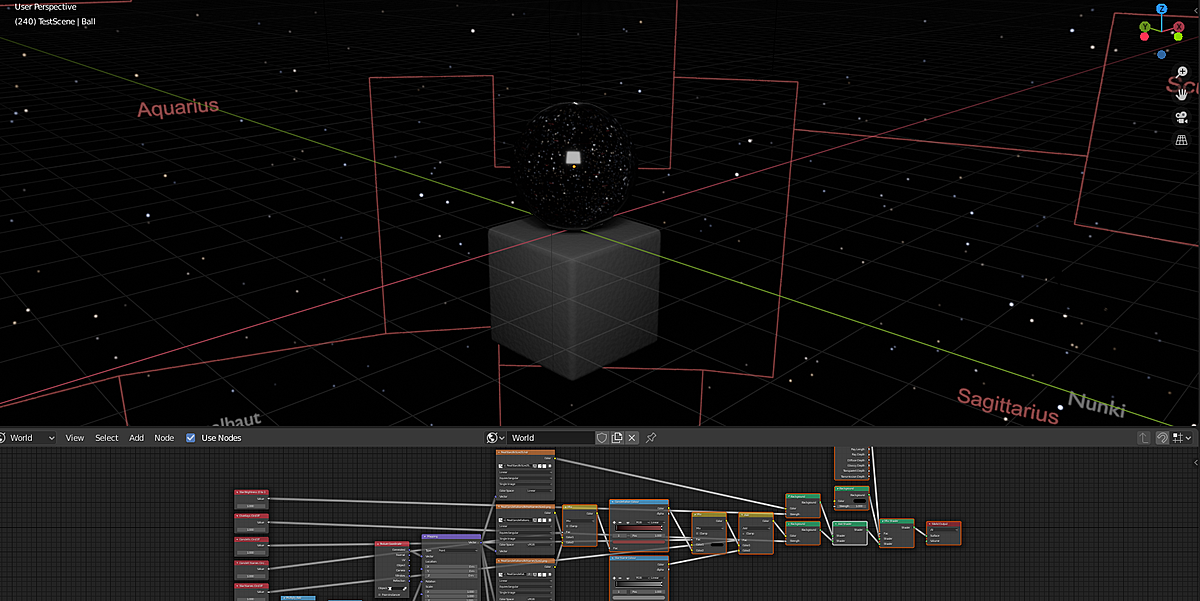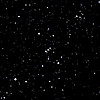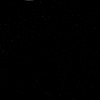Add astronomical realism to your night scenes with these image textures of over 5000 stars, created from real-world data. Or enhance your sci-fi starscapes with constellation and star name overlays.
"Real Stars HDRI Collection" is a set of HDRs and PNGs of the real-world visible stars. Partially transparent overlays with the names of the brighter stars, and the boundaries and names of the constellations are also included.
All images are at 8192x4096 resolution and can be used as background environment textures or as material image textures for objects.
The HDRs have a wide dynamic range (lots of EVs) but are intended as backdrops, not for lighting a scene. The HDRs allow extra control over the brightness of the stars using the strength parameter of a Background node - switch easily from a clear, moonless night to a muted starscape drowned out by bright city lights.
Using a mapping node, the environment can be rotated to match the real night sky at a given latitude and time. Some simple parameters for controlling this are provided in the example .blend file and explained in the accompanying documentation. Drive the "time" parameter from your timeline, and the stars will wheel overheard, just as in real life.
If you want more control, the model of the stars used to create the HDRIs is now available on BlenderMarket as the "Real Stars SkyDome"
Astronomical Notes
The images of the stars were created using astronomical data of over 5000 of the brightest stars in the night sky. This includes all the stars typically visible with the naked eye on a clear, dark night.
Real-world data on the positions, brightness and B–V colour values of each star were used to determine the location, size, emission strength and colour of each star in the image (with some artistic licence!).
Constellation boundaries, as defined by the Internaional Astronomical Union, can be added as an overlay to help find your place among the stars.
Credits:
The HYG database (http://www.astronexus.com/hyg) was used for most of the star data with some corrections and conversions from other sources - and my cosmology degree :-)
The IAU definitions of the constellation boundries are available on their website (https://www.iau.org/public/themes/constellations/).
One of the gallery images uses freely available maps of the Earth, the Moon, Mars and Jupiter. These maps are not included in the product files.
World Environment Example
In the example .blend file, the world environment node setup allows easy adjustment of the brightness of the stars, switching between the different overlays, and changing their colour. The position of the stars can be changed based on latitude and time (or "Right Ascension") parameters with +z being real-world up and +y being real-world North.
The screenshot below gives you an ideas of what you're getting. The column of Value nodes at the left offer a quick and easy way for switching options on and off and entering your latitude and time. The cluster of maths nodes at the bottom left to convert latitude and time into rotation for the mapping node. The Colour Ramp nodes near the centre control the colour of the constellation boundaries and star names text.



